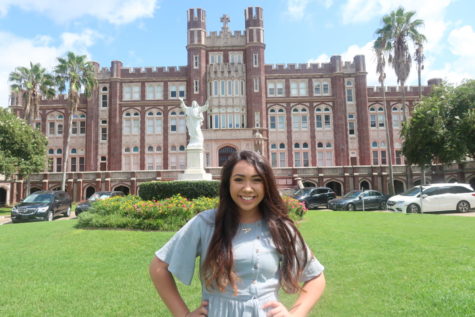Why did Loyola keep students in the dark when their health care changed?
Illustration by Ariel Landry.
January 25, 2019
For many members of the Loyola community, the email sent out to the student body on Jan. 14 was one to skim and discard. Its message consisted of only four sentences and kept it simple: the Student Educational Benefit Trust, the program that had provided students university-sponsored health care, was filing for bankruptcy and had not been functional since the end of 2018.
But for 64 students who were receiving health care from the university’s partnership with the Student Educational Benefit Trust, the news was startling.
Loyola had been partnering with the Student Educational Benefit Trust to provide medical coverage to students through the Student Health & Wellness Benefit Program. Until this email and the following one sent from the office of student affairs, those enrolled had no knowledge that the status of their health care was up in the air.
For those who rely on health care coverage to provide them routine medications and services, losing health care can be a difficult ordeal. Transitioning from one form of coverage to another takes research, time, and care.
Thus, the hasty announcement from the Student Educational Benefit Trust and Loyola of the program’s termination begged the question: how long did Loyola know about this, and when were they planning on telling students?
According to Alicia A. Bourque, the director of Student Affairs, Loyola had been aware of the trust’s bankruptcy since late December. In response, Loyola transferred the students onto another insurance carrier soon after. When they realized the new carrier couldn’t provide all of the services needed, they sent out the email explaining that the Student Educational Benefit Trust had gone bankrupt and students needed to apply for a new insurance policy.
The steps taken were ideal: they maintained health care coverage for as long as they could before asking students to apply for a new policy. However, what was missing here was a communication to those affected.
Members of The Maroon staff were affected by the loss of university-sponsored medical coverage. It comes as a shock to us to know that Loyola not only had knowledge that the trust was bankrupt, but that they transferred students to another insurance carrier without notification.
If we had been notified, students may have chosen to continue receiving coverage through the Student Health & Wellness Benefit Program on the new carrier. Students also may have chosen to seek out a different health care provider from the countless that operate in New Orleans and the greater area.
What is questionable here is not the bankruptcy of the Student Educational Benefit Trust. That was unavoidable on the part of Loyola.
What is questionable is the fact that we were kept in the dark when our insurance carrier went bankrupt, and furthermore, we were not notified when we were switched over to a new one. We were robbed of a choice — and the choice of medical coverage is an important one that deserves clarity.
In the aftermath of the trust’s bankruptcy, students have been provided the opportunity to apply in the public exchange and receive new insurance starting Feb. 1, regardless of pre-existing conditions. The time between the notification sent out by the university and this deadline gives students little more than two weeks to make decisions about their health care.
It appears the 64 students who received university-sponsored health care will ultimately be provided the best possible service in this transition. Still, Loyola failed to disclose to those affected their knowledge of the Student Educational Benefit Trust’s shortcomings, the transition of students to a new insurance carrier and the shortcomings of the second carrier.
When it comes to health care, a deeply important matter for the livelihood of individuals, there is a necessity for transparency, communication and timely notification. Hopefully, Loyola can learn from this in the future and consider the needs of the students who had trusted the school with their medical coverage.








